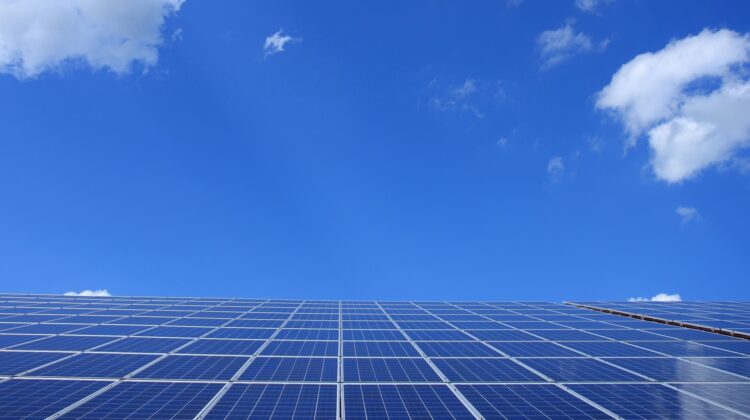
Economic Repercussions of the Energy Shift
To understand the magnitude of America’s shift towards renewable energy, it’s essential to evaluate the economic dimensions. Historically, the US’s energy sector, especially oil and coal, has been a significant employment generator. The states of West Virginia and Texas, for instance, have deep-rooted socio-economic ties to coal and oil, respectively. As we transition towards renewables, the dislocation of jobs becomes a palpable concern. However, on the brighter side, the renewable sector is already showing signs of being a significant employer. The solar industry alone accounted for over 200,000 jobs in 2020.
Technological Advancements: The New Frontier
The energy transformation isn’t solely about shifting from coal to solar or wind; it’s about harnessing technology to maximise efficiency and reduce waste. Developments in energy storage, particularly battery technology, could be game-changers. Companies like Tesla are investing heavily in creating more efficient and long-lasting batteries that can store energy during peak production times and release it when production is low.
Similarly, the fusion of artificial intelligence (AI) and energy is opening up new vistas. Smart grids, which employ AI algorithms, can enhance energy distribution, reduce wastage, and integrate multiple sources seamlessly.
The Human Dimension: Societal Impacts of the Transition
Beyond the macroeconomic implications, the energy transition touches the lives of everyday Americans. There’s a growing ‘energy divide’ – a chasm between those who can afford the initial investment in renewables (like home solar panels or electric vehicles) and those who can’t. Bridging this gap is essential to ensure that the benefits of clean energy are reaped by all strata of society.
The International Stage: Collaboration or Competition?
America’s energy transition is part of a global narrative. Countries like China and Germany are also investing heavily in renewables. This presents both challenges and opportunities. On one hand, there’s competition – for instance, in the production of solar panels, where China currently dominates. On the other, there’s potential for collaboration in areas like technology sharing and joint research ventures.
Legal Frameworks and Policy Challenges
With this seismic shift in the energy landscape comes the need for robust legal frameworks. Policies that encourage investment in renewables, provide tax breaks, and ensure a level playing field are essential. Simultaneously, there’s a need for stringent regulations to ensure that the transition doesn’t come at an environmental cost. For instance, while fracking has made the US energy self-reliant, it poses significant environmental challenges. Striking a balance is crucial.
Conclusion: The Tapestry of Tomorrow
America’s energy future is akin to a complex tapestry, woven from threads of technology, policy, economics, and human endeavour. It’s a narrative of evolution, from the coal mines of West Virginia to the vast solar farms of California. As this story unfolds, it has the potential not just to power homes and industries but to redefine America’s place in the global order.
The stakes are high, and the challenges manifold. Yet, with a blend of vision, innovation, and collaboration, the future of American energy can indeed be as luminous as the sun that increasingly powers it.
Author: Harvey Graham
Forecast analysis consultant in Great Britain. Collaborates with The Deeping in the economic forecasting area
